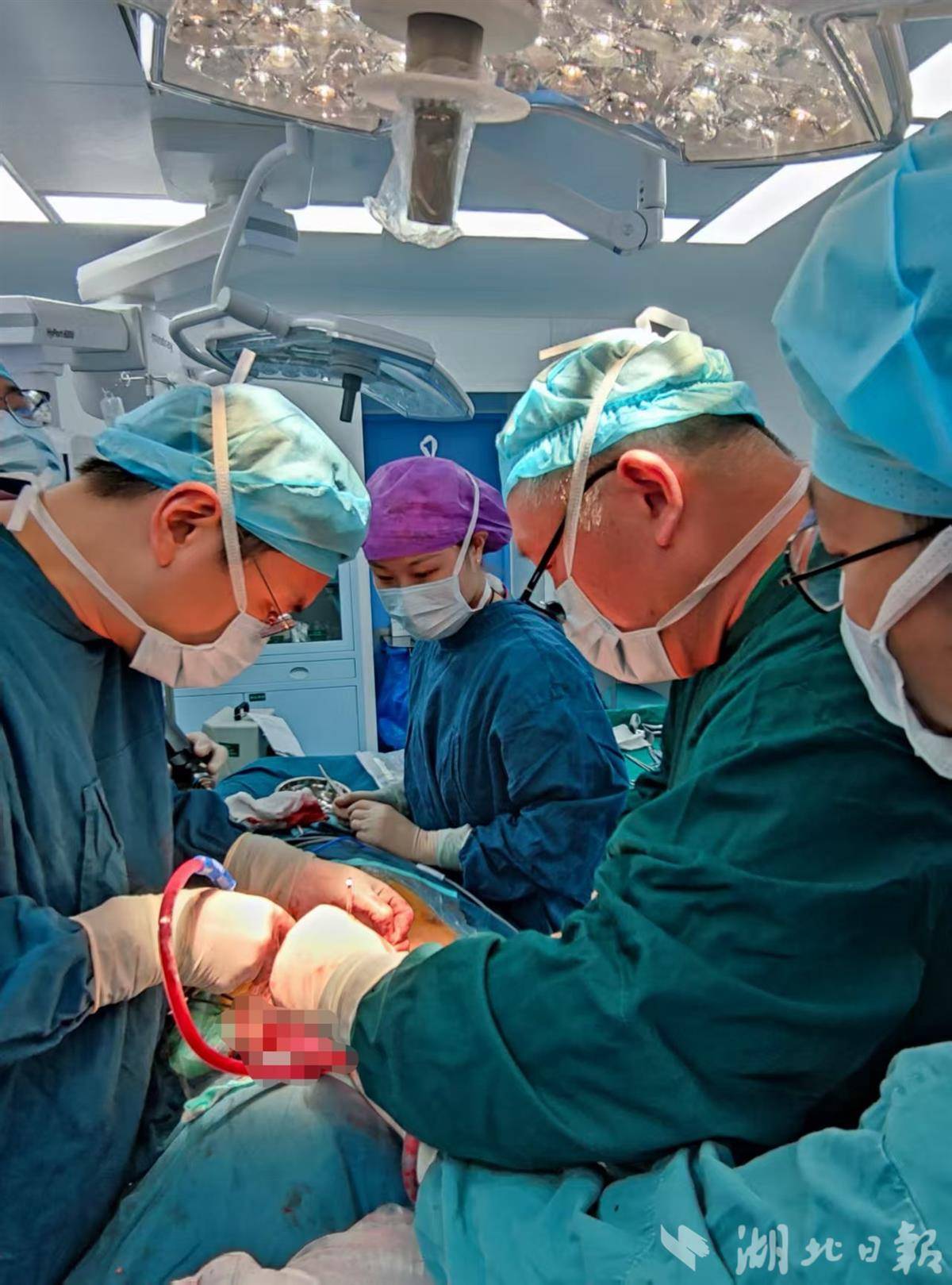Breathing, the most natural rhythm of life, had become an unattainable luxury for 38-year-old Chen Ming (pseudonym). His “life airway”—the trachea—had an 8-centimeter defect after thyroid cancer surgery, far exceeding the globally recognized 6-centimeter repair limit. Between life and death, a medical team performed innovative surgery, successfully reconstructing a “new trachea” using Chen Ming’s own flap tissue, pulling him back from the brink of death. After more than two months of treatment, he has basically recovered, creating a medical miracle of the world’s longest successful tracheal defect repair ever reported.
Two months ago, Chen Ming suffered a large tracheal defect and infection due to severe postoperative complications. Unable to breathe on his own, he could only rely on an artificial tracheal tube to sustain his life. Eventually, Chen Ming was transferred to the Thoracic Surgery Department for treatment.
After taking on this challenging case, the medical team immediately conducted a comprehensive evaluation. They determined that while the surgical risk was significant, immediate action was crucial. On August 1st, the reality of the surgery proved even more severe than anticipated. During the operation, exploration revealed that the necrotic section of Chen Ming’s trachea was actually 8 centimeters long—much longer than the 5 centimeters shown in CT scans—accounting for nearly two-thirds of his entire trachea. The cartilage support of this “life passage” had completely necrosed, with the remaining tracheal wall as thin as a cicada’s wing. More dangerously, the right carotid artery was immediately adjacent to this tracheal section, and its wall had also been eroded. The slightest misstep could have led to vascular rupture and massive bleeding.
“With no time to find a suitable artificial tracheal replacement, and with conventional surgical techniques rendered ineffective, we had to find another way to give Chen Ming a chance at survival,” the medical team decided to use the patient’s own tissue to reconstruct the trachea—a groundbreaking approach.
The doctors carefully rolled the pectoralis major myocutaneous flap from Chen Ming’s left chest—a “skin composite tissue” consisting of skin, subcutaneous tissue, and blood vessels—into a new tubular structure, creating a tracheal substitute. To prevent this new passage from collapsing during healing, doctors used a tracheal tube for internal support, similar to installing “temporary shoring” for a tunnel. To further combat infection and promote healing, they ingeniously “recruited” the well-vascularized greater omentum tissue from the abdomen, transplanting it to Chen Ming’s neck wound area, effectively laying down a “natural repair membrane” over the damaged region.
Postoperatively, Chen Ming experienced several critical situations including vascular rupture and necrosis of the newly constructed airway, but the medical team’s timely interventions successfully managed each crisis. After more than two months of treatment, the autonomous breathing that had been taken from him finally returned.
“The repair of ultra-long segment tracheal defects has always been a worldwide surgical challenge. This successful practice not only created a life miracle for Chen Ming but also opened new avenues for tracheal surgical reconstruction, bringing hope for survival to more patients in similar desperate situations.”





